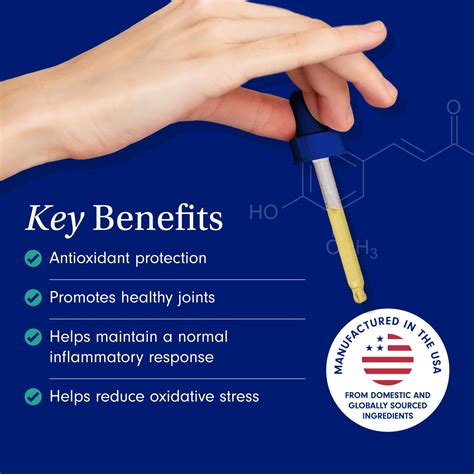
Key Takeaways
Maintaining your pet’s joint health requires a combination of daily habits, vet-approved nutrition, and consistent mobility exercises. Start by prioritizing high-quality food rich in omega-3 fatty acids, glucosamine, and chondroitin—nutrients proven to support cartilage and reduce inflammation.
“A balanced diet tailored to your pet’s age and breed is the foundation of joint care. Always consult your veterinarian before introducing new supplements or dietary changes.”
Incorporate low-impact activities like leash walks or controlled play sessions to strengthen muscles without straining joints. For aging pets or breeds prone to stiffness, consider gentle stretches approved by your vet. Joint supplements, such as those containing MSM or turmeric, can further enhance mobility when paired with proper nutrition.
Monitor for subtle signs of discomfort, like hesitation to jump or slower movement, which may indicate early joint issues. Regular check-ups help catch problems early, ensuring your pet stays active and pain-free. By blending preventive care with targeted strategies, you create a daily routine that supports lifelong joint health and vitality.
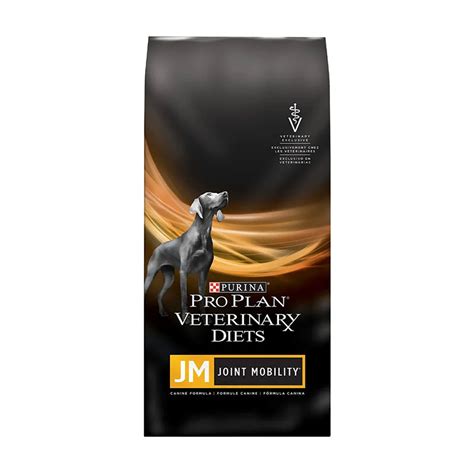
Pet Nutrition for Joint Health
A balanced diet plays a critical role in maintaining your pet’s joint health. Start by choosing high-quality protein sources like lean meats or fish, which support muscle strength and reduce stress on joints. Excess weight can strain joints, so monitor calorie intake and opt for foods rich in joint supplements such as glucosamine, chondroitin, and omega-3 fatty acids. These nutrients help lubricate joints and reduce inflammation.
| Nutrient | Primary Sources | Key Benefits |
|---|---|---|
| Glucosamine | Chicken feet, shellfish | Supports cartilage repair |
| Omega-3s | Fish oil, flaxseed | Reduces joint inflammation |
| Chondroitin | Beef trachea, eggshell membrane | Improves joint cushioning |
For vet-approved nutrition, consult your veterinarian before introducing new supplements or specialized diets. Some pets may benefit from prescription formulas tailored to joint care. Hydration is equally important—ensure fresh water is always available to maintain synovial fluid, which keeps joints mobile.
Pairing proper nutrition with a daily care routine creates a strong foundation for long-term joint health. Next, we’ll explore how mobility exercises can further enhance your pet’s flexibility and comfort.
Daily Mobility Exercises Guide
Maintaining your pet’s joint health requires more than just proper nutrition—it also depends on consistent, low-impact movement. Start with short, controlled walks tailored to your pet’s age and breed. For dogs, aim for 15–20 minutes twice daily, adjusting intensity for smaller breeds or senior pets. Cats benefit from interactive play using feather wands or laser pointers to encourage stretching and jumping without straining joints.
Incorporate mobility exercises like gentle stair climbs or balance drills using stability pads. Swimming is an excellent low-impact activity for pets with arthritis, as water reduces pressure on joints while strengthening muscles. Always warm up with light stretches, such as guiding your dog through paw lifts or encouraging your cat to reach for toys.
Avoid overexertion by monitoring for signs of fatigue, like limping or reluctance to move. Pair these routines with vet-approved nutrition and supplements (discussed in other sections) for full-body support. Consistency matters—regular movement helps prevent stiffness, improves circulation, and keeps joints flexible. Adjust exercises seasonally; older pets may need shorter sessions in colder weather when joints stiffen more easily.
By blending structured activity with rest, you create a sustainable routine that supports long-term mobility and overall well-being.
Vet-Approved Joint Supplements
Incorporating vet-approved joint supplements into your pet’s daily care routine can significantly support long-term mobility and comfort. These products are specifically formulated to address joint health challenges, often containing ingredients like glucosamine, chondroitin, and omega-3 fatty acids that promote cartilage repair and reduce inflammation. Unlike generic options, vet-recommended supplements undergo rigorous testing for safety and efficacy, ensuring they meet strict nutritional standards tailored to your pet’s needs.
When selecting a supplement, prioritize formulas with clinically proven dosages and certifications from veterinary organizations. For example, products containing green-lipped mussel extract or methylsulfonylmethane (MSM) are praised for their anti-inflammatory properties and ability to enhance joint lubrication. Always consult your veterinarian before introducing new supplements, as they can assess your pet’s unique health profile—such as age, weight, or existing conditions—to recommend the most suitable option.
Pairing these supplements with a balanced diet and regular mobility exercises creates a holistic approach to joint care. Remember, consistency is key: daily administration, combined with routine vet checkups, helps track progress and adjust dosages as needed. Avoid human-grade supplements unless explicitly approved by your vet, as ingredients safe for humans may harm pets. By integrating vet-approved solutions into your pet’s regimen, you actively contribute to their comfort and long-term joint resilience.
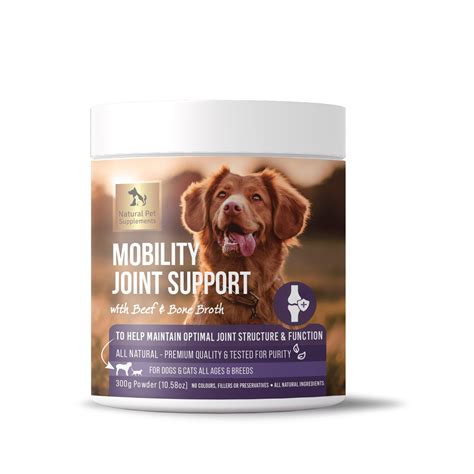
Preventing Stiffness in Pets
Maintaining joint flexibility in pets starts with consistent, low-impact activities that encourage movement without strain. Daily walks or gentle play sessions help lubricate joints and reduce stiffness, especially in older animals or breeds prone to joint issues. For indoor pets, consider interactive toys that promote stretching and controlled motion, such as feather wands for cats or treat puzzles that require dogs to squat or pivot.
Weight management plays a critical role—excess pounds add pressure on joints, worsening stiffness over time. Pair portion control with vet-approved nutrition, focusing on diets rich in omega-3 fatty acids and glucosamine, which support cartilage health. If your pet struggles with mobility, consult a veterinarian about joint supplements like chondroitin or methylsulfonylmethane (MSM), which can reduce inflammation and improve comfort.
Avoid sudden, high-intensity exercises, as these may strain muscles and ligaments. Instead, opt for gradual warm-ups before activity and cool-down stretches afterward. For pets recovering from stiffness, therapies like hydrotherapy or massage (when guided by a professional) can enhance circulation and ease tension. Regular veterinary check-ups ensure early detection of conditions like arthritis, allowing timely adjustments to their daily care routine.
By blending mindful movement, balanced nutrition, and professional guidance, pet owners can create an environment that actively combats stiffness and supports lifelong mobility.
Essential Care for Aging Joints
As pets grow older, their joint care needs evolve beyond basic nutrition and exercise. A daily care routine tailored to aging joints can significantly improve comfort and mobility. Start by incorporating low-impact activities like gentle walks or swimming, which maintain muscle strength without straining vulnerable joints. Pair this with vet-approved joint supplements containing glucosamine, chondroitin, or omega-3 fatty acids—these compounds support cartilage health and reduce inflammation over time.
Environmental adjustments also play a critical role. Provide soft, supportive bedding to alleviate pressure on hips and elbows, and consider ramps or steps to help pets access elevated surfaces safely. Regularly monitor your pet’s weight, as excess pounds add stress to aging joints. For pets with chronic stiffness, consult your veterinarian about therapeutic mobility exercises or physical therapy options.
Finally, prioritize consistent veterinary check-ups to catch early signs of arthritis or degenerative conditions. Bloodwork and imaging can reveal hidden issues, allowing for timely intervention. By combining these strategies, you create a holistic approach to joint care that adapts to your pet’s changing needs, ensuring they stay active and comfortable in their golden years.
Signs of Pet Joint Problems
Recognizing early indicators of joint discomfort can help address issues before they worsen. Pets often mask pain instinctively, so owners should watch for subtle changes in behavior or movement. Limping or favoring one leg during walks, hesitation before jumping onto furniture, and slower reactions when standing up are common red flags. Stiffness after rest, especially in the morning or following naps, may signal inflammation. Reduced interest in play, reluctance to climb stairs, or unusual irritability during grooming could also point to joint stress.
In cats, signs may differ—look for decreased grooming habits or avoiding high perches. For dogs, a “bunny-hopping” gait (using both hind legs simultaneously) might indicate hip discomfort. Swelling around joints, audible clicking sounds, or visible muscle loss in limbs are more advanced warnings. Breed-specific risks, such as arthritis in larger dogs or patellar luxation in small breeds, require tailored observation.
Tracking these signs alongside daily care routines and vet-approved nutrition ensures proactive management. If symptoms persist beyond 2-3 days, consult a veterinarian to rule out chronic conditions like dysplasia or osteoarthritis. Early intervention paired with mobility exercises and joint supplements can significantly improve long-term outcomes.
Daily Routines to Boost Mobility
Maintaining your pet’s joint health requires more than occasional attention—it thrives on consistent, thoughtful daily habits. Begin with low-impact exercises like leash walks or controlled play sessions, which strengthen muscles without straining joints. For dogs, short, frequent walks are better than long, exhausting ones, while cats benefit from interactive toys that encourage gentle stretching. Swimming is an excellent option for pets with existing stiffness, as water supports body weight while promoting movement.
Incorporate structured mobility exercises recommended by veterinarians, such as slow stair climbs or balance drills using cushions. These activities improve coordination and flexibility over time. Pair physical routines with vet-approved nutrition to ensure your pet receives nutrients like glucosamine or omega-3s, which support cartilage and reduce inflammation.
Monitor your pet’s comfort during activities—hesitation or limping may signal overexertion. Adjust intensity based on their age and health status, and always consult a vet before introducing new exercises. By blending daily care routines with mindful movement, you create a sustainable plan to preserve mobility and prevent stiffness, aligning with broader strategies for lifelong joint wellness.

Conclusion
Maintaining your pet’s joint health requires a proactive approach that blends daily care routines with informed choices. By combining vet-approved nutrition and targeted mobility exercises, you create a foundation for long-term mobility and comfort. Consistency is key—whether it’s incorporating joint supplements into meals or ensuring gentle activity keeps muscles strong and joints flexible.
Pay attention to subtle changes in behavior, such as reluctance to climb stairs or stiffness after rest, as these may signal early concerns. Regular check-ups with a veterinarian help tailor strategies to your pet’s unique needs, especially as they age. Remember, small adjustments—like adding low-impact play or adjusting meal plans—can make a significant difference in preventing discomfort.
Ultimately, prioritizing joint health isn’t just about addressing problems but fostering habits that support vitality at every life stage. With patience and attention, you empower your pet to stay active, happy, and engaged in daily adventures.
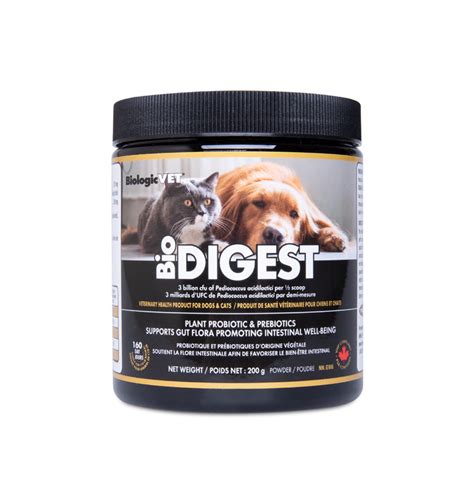
FAQs
What are the early signs of joint issues in pets?
Look for limping, reluctance to jump or climb stairs, stiffness after rest, or reduced activity. These may indicate discomfort in joint health.
How often should I engage my pet in mobility exercises?
Aim for 10–15 minutes of daily mobility exercises, like gentle walks or controlled play. Adjust intensity based on age and breed.
Are joint supplements safe for all pets?
Most vet-approved joint supplements are safe, but consult your vet first. Ingredients like glucosamine or omega-3s should match your pet’s needs.
What foods support joint health?
Incorporate omega-3-rich foods (e.g., fish) and lean proteins. Avoid excess weight, which strains joints.
Can young pets develop joint problems?
Yes, especially in large breeds or pets with genetic predispositions. Start daily care routines early to promote lifelong mobility.
How do I prevent stiffness in older pets?
Combine low-impact exercises (swimming, stretching) with warm bedding and joint supplements to ease discomfort.
Explore Vet-Recommended Solutions for Your Pet
For vet-approved products to support pet joint health, please click here: https://forherhim.com/product-category/forit/.







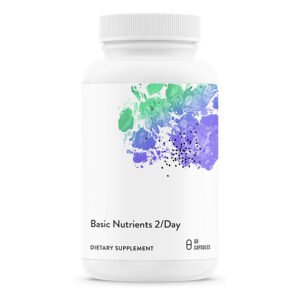 Basic Nutrients 2/Day Multivitamin Capsules – Complete Daily Vitamins & Minerals – 60 Caps
Basic Nutrients 2/Day Multivitamin Capsules – Complete Daily Vitamins & Minerals – 60 Caps